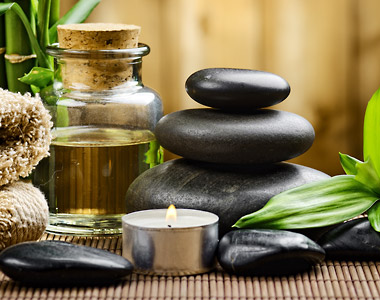
What Is The Best Sunscreen SPF To Use?
The sun is finally showing up after a long Alberta winter, and since it’s May, that means the summer is well on its way! Along with the promise of vacations and long evenings sitting outside, one activity that many people anticipate more than any other is simply enjoying the sunshine. After all, what could be better than a day at the beach, soaking up the heat and building up your tan?
Don’t be in too big of a rush to put on your swimsuit just yet. As you may already know, sun exposure is one of the leading causes of major health issues like melanoma and other skin cancers. It pays to know the facts before baring it all to the sunshine!
Sunlight contains several high-energy types of radiation, including UVA and UVB, which penetrate the skin and degrade the cells. While UVB is somewhat blocked by the ozone layer, UVA is not – and this is the type that leads to most skin issues! UVA penetrates into the dermis layer of your skin, causing signs of premature aging, sunspots, and minor skin problems. UVB – also known as the type of UV that tans your skin and gives you a sunburn – is the more dangerous of the two, since it plays a large role in the development of skin cancer.
One way to protect yourself (and remember to protect all exposed areas, like the back of your neck, ears, and hands) is to use sunscreen with a Sun Protection Factor (SPF), which will help your skin last longer when exposed to direct sunlight. Ranging from 5-60+, they are not meant to be used as a replacement for proper shade, hydration, or protection. Many do not even block the UVA radiation that causes much of the skin damage in the first place! And if you are swimming or sweating, the effectiveness of the sunblock is reduced even more.
One of the most dangerous things about sun exposure is that the effects very often take many years to accumulate and show themselves. Years of sun exposure can have a huge impact on your health later in life – and by then it will likely be too late to reverse the damage. The best “cure” is to be proactive and prevent the damage in the first place.
When buying a proper sunscreen, look at those with high SPF – though keep in mind that anything above sunscreen SPF 50 is probably unnecessary. Did you know that sunscreen SPF 15 blocks 93% of UVB rays, while SPF 30 blocks 97% and SPF 50 blocks 98%? With that said, just remember that anything above SPF 50 hasn’t been proven to offer substantially more protection. What you should keep an eye out for, though, are those that protect from both UVA and UVB (known as “broad spectrum”). Water resistance and moisturizing blends are also recommended. Trusted brands, like the products we carry from GM Collin, are an excellent place to start.
Looking for something a bit more intensive? Book one of our Light Heat Energy facials to help rejuvenate the skin on your face after experiencing sun damage, or an Oxygeneo facial to lighten dark spots and even out your pigmentation. This is especially useful after events like the Calgary Stampede, where many people who are used to being indoors in offices all day are suddenly outside in the direct sunlight, dehydrated and exposed. Even when it’s cloudy, the potential for a burn is there – so make sure you’re aware of how to keep your skin healthy, both short- and long-term. You’ll be very glad you did, further down the road!

